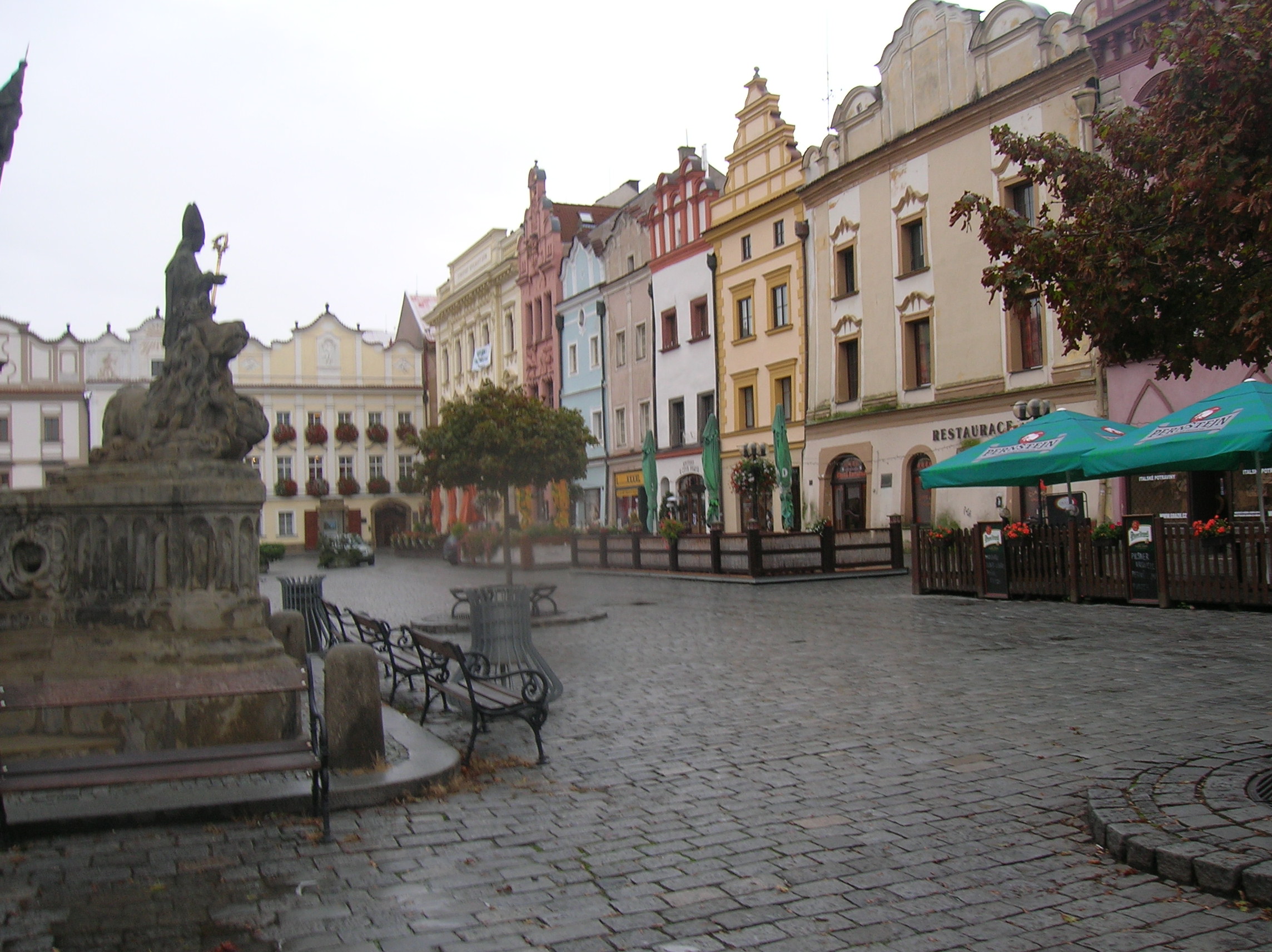| |
In contemporary times the term Ghetto has elements of community, ethnicity and class.
Gottdiener and Budd discuss an interesting phenomenon: where did the white people go from the city centre?
-
Beginning with the opening up of employment opportunities after World War II, a large number of African Americans left the South and migrated to the cities of the Northeast and North-central states. But due to racial prejudices their settlement pattern was along colour line. By the 1970s the majority of Americans lived in suburbs and not in the cities. But the blacks could not suburbanize in large numbers due to poverty and discrimination. Ghettos became more extreme between 1940 and 1970s. But since 1970s segregation declined especially for more educated African Americans.
It has been pointed out that the whites took to collective action through informal and formal means to segregate blacks in particular areas. This is called ‘collective action racism’. This includes restrictive covenants, racial zoning, policy instruments and threats of violence. These factors were widespread before 1960 but became illegal after that as a consequence of fair housing laws and civil rights legislation. However, racial practices such as screening and loan biases still exist.
There was a cultural aspect as well. When the African-Americans emigrated they sought all black churches.
The third factor was ‘white flight’ which signifies the process through which white residents pay more to live in all white suburban communities.
As a result, segregation continues decades after equal housing laws were enacted. Simply put, most inner city blacks cannot afford suburbia and those whites that can, move away to live in segregated suburban areas, thus perpetuating involuntary segregation of blacks within the city.
 |
Traditional square in Europe |
|